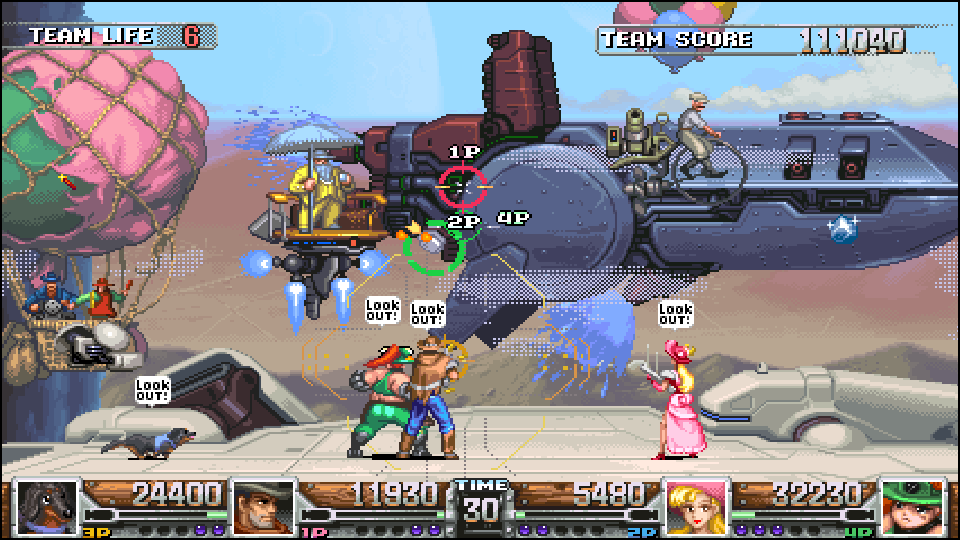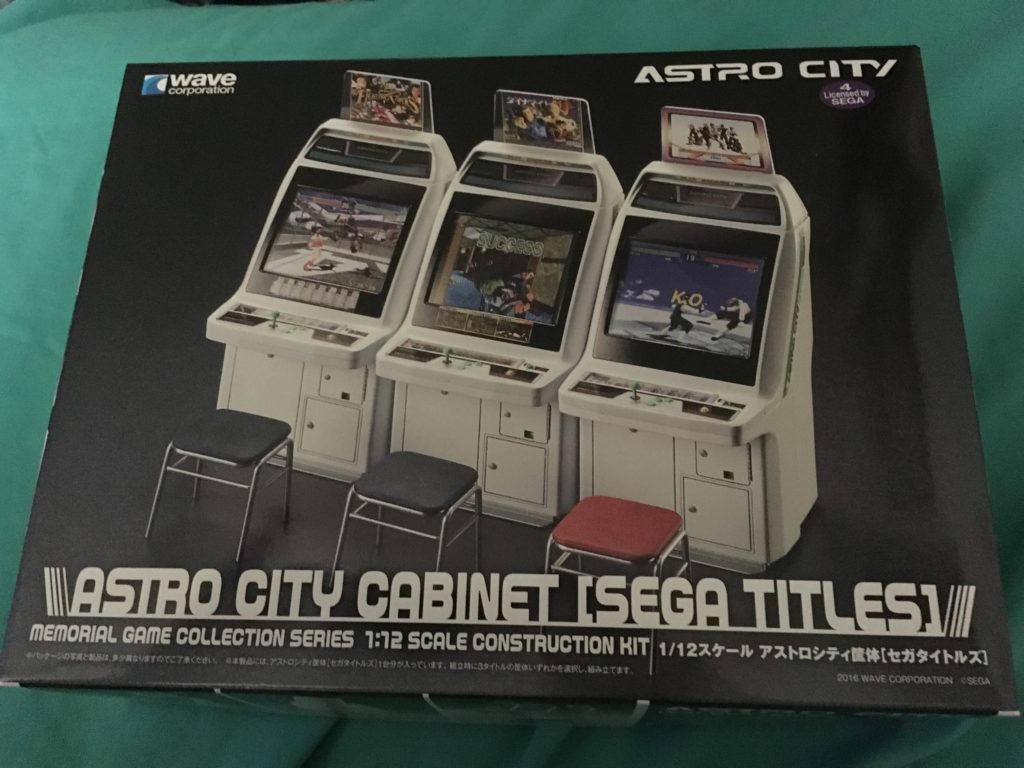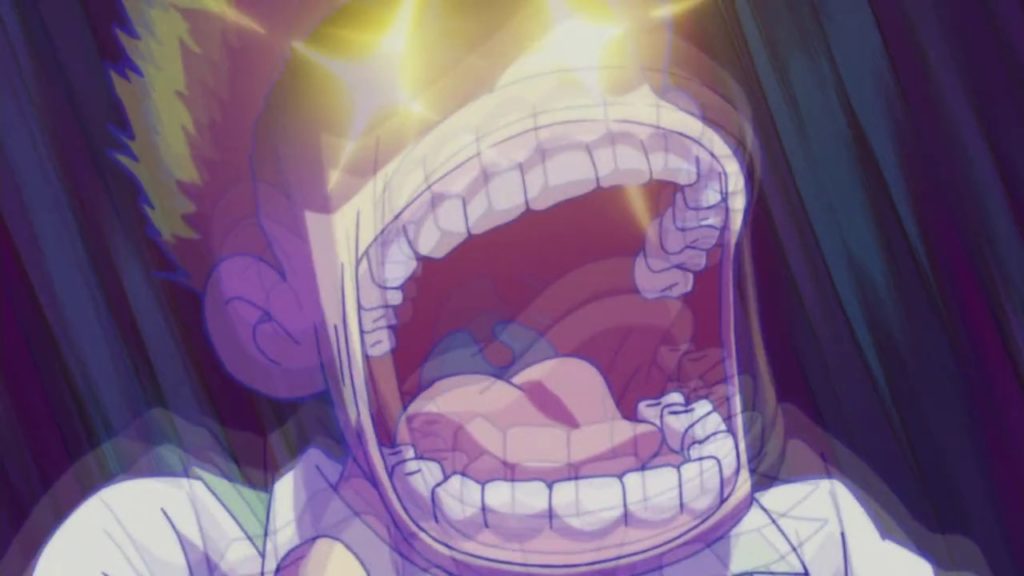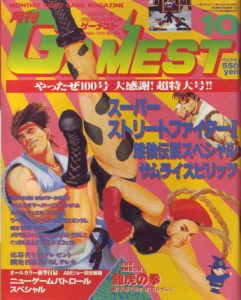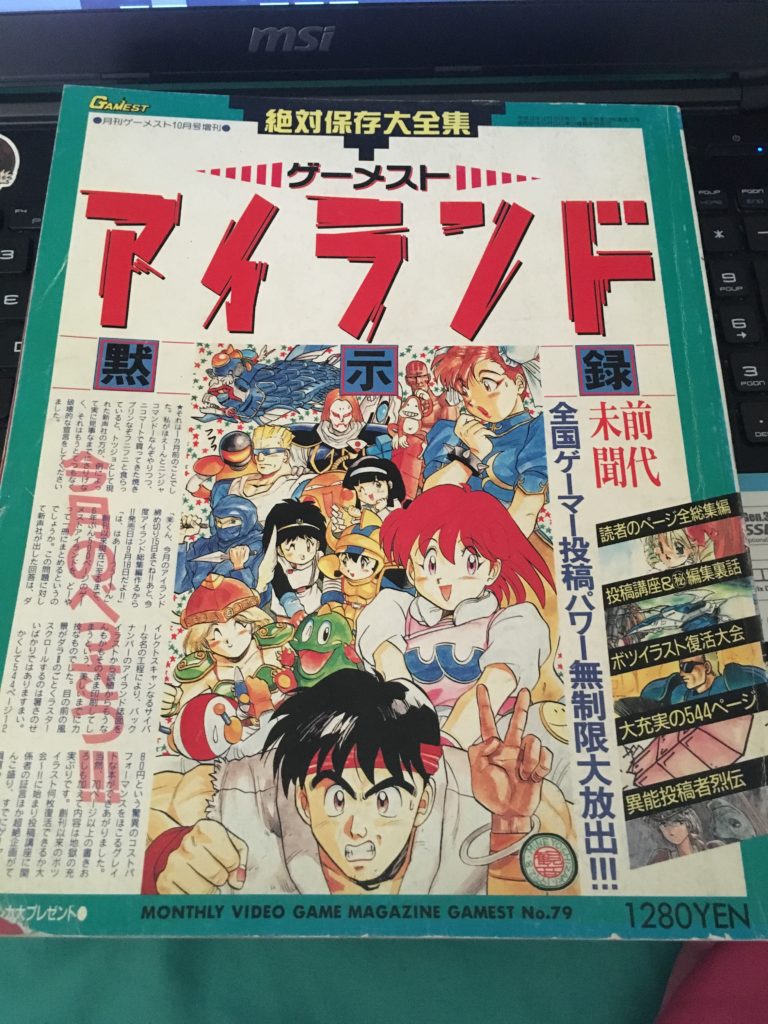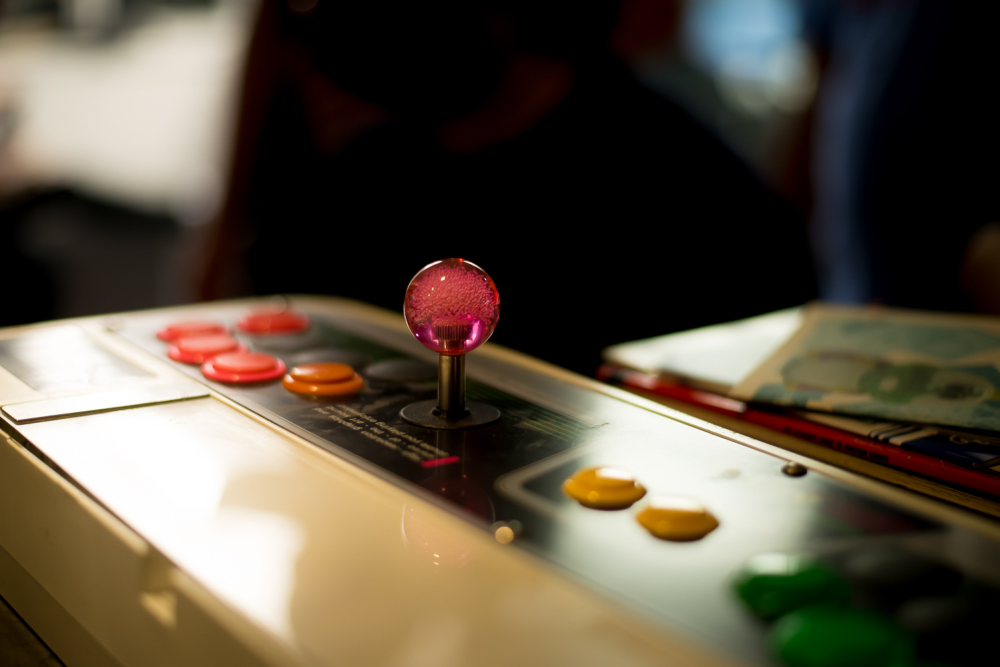Happy Halloween, everyone! But considering the world we’re living in is an apocalyptic hellscape, it’s like every day brings us fresh, Halloween-like horrors!
…Okay, that’s a little too negative for this site about gaming love. After all, no matter what happens, we’ll always have positive gaming experiences and the friendships and bonds they help create to get us through things. I got a firsthand glimpse of this at the recent Portland Retrogaming Expo, a yearly convention that celebrates the rich history of gaming. It was a fantastic show, filled with arcade games, classic consoles and games, an interesting variety of vendors, some great panels, and museum exhibits that included unreleased NES games and the Sony Playstation Super NES CD. The show was great, the people were great, everyone was happy, and good times were had all around.
Of course, a lot of the vendors were selling old games and consoles, and I’ve come to realize I’m almost completely over my game-collecting phase: with so much making the transition to digital, I’m more inclined to collect things where physicality is more important. Most of what I bought at the show was game-related merchandise, books, and crafts from local artists — I didn’t acquire any actual games. Not to hate on people who do collect games: I just find collecting things related to games more interesting in general than owning a whole roomful of titles for every console under the sun. (I’m more about acquiring and holding onto the games that really mean a lot to me.)
There was no shortage of merchandise at PRGE. Lots of cool stuff could be had from a variety of sellers, but I also saw a lot of random crap that left me scratching my head, pondering why it even existed. Do companies really believe we, as fans, are so lacking in taste that we’ll buy anything with a familiar game character on it, no matter how ugly or devoid of value? Well, um… yes. And the fact that this crap keeps getting made is proof that someone — many someones, in fact — are falling for it.
So today, on this most frightening of days, we’re going to be looking at some of the worst pieces of gaming-related merchandise out there. Truly spooooooky!
I didn’t want to make this too easy for myself, though, so I put some rules down for this feature.
- No T-shirts. As painfully terrible as many gaming T-shirts are, I already ranted about them at length.
- It has to be at least somewhat retro-flavored. There’s some really bad Fallout merch, I know, but I’d like to keep this more focused on the commercial exploitation of nostalgia.
- No Funko POPs. Fish, barrel, you know how it goes.
With that in mind, let’s take a look at some merchandise that’s so bad, it’s scaaaaaaaary! (…okay, I’ll stop)

